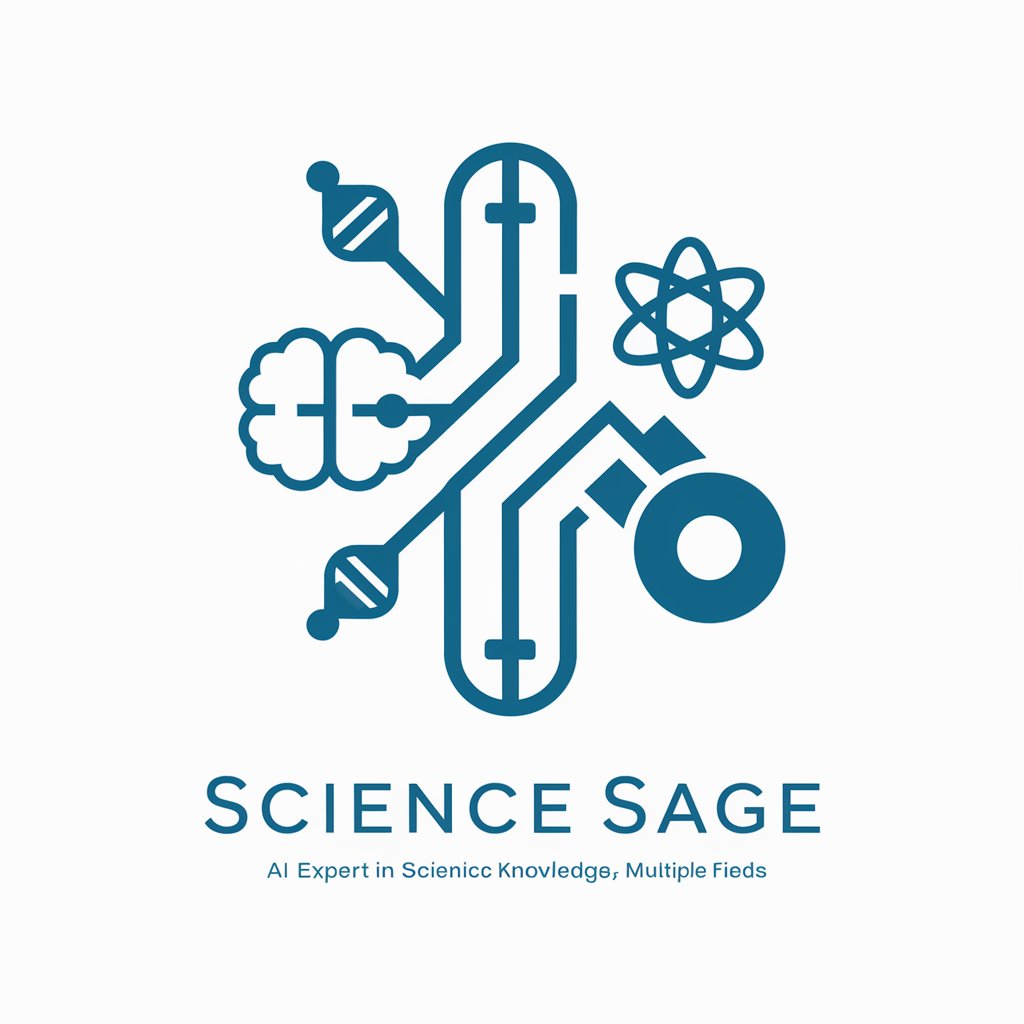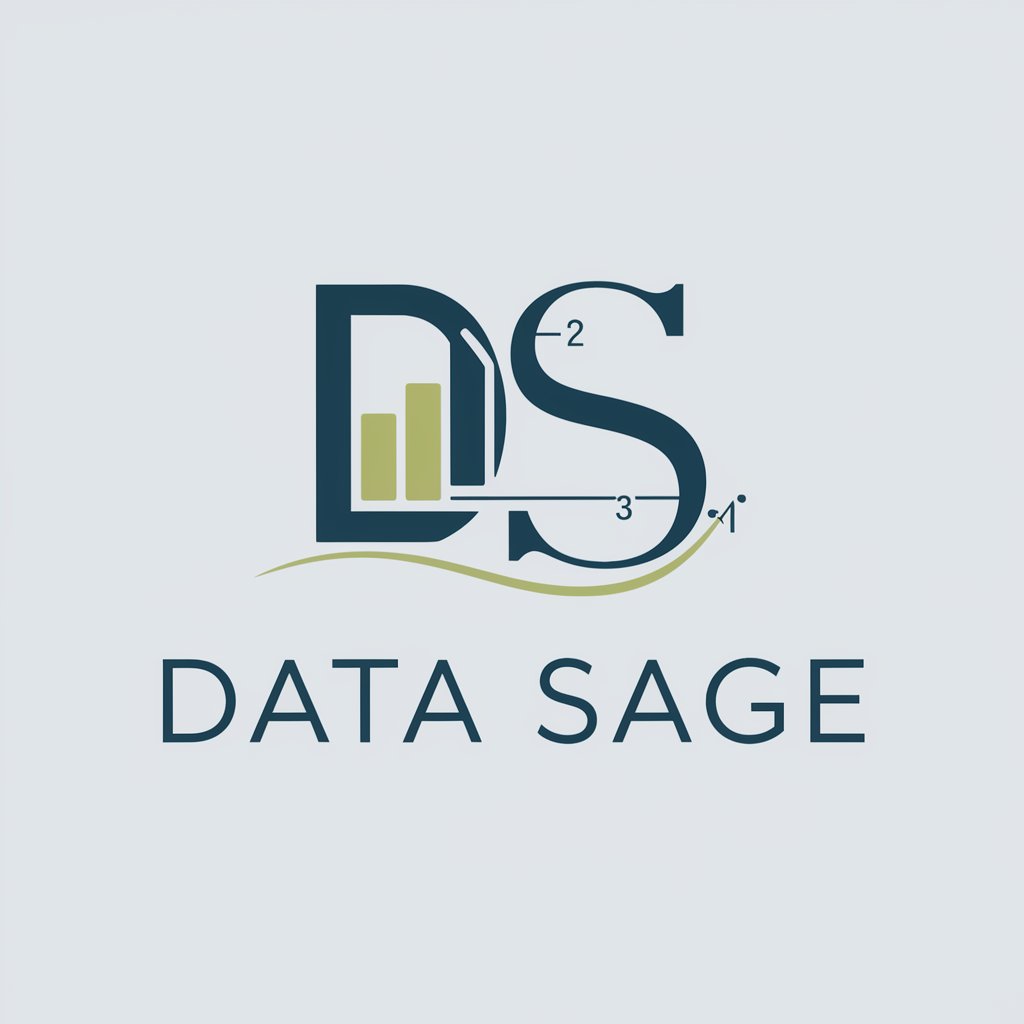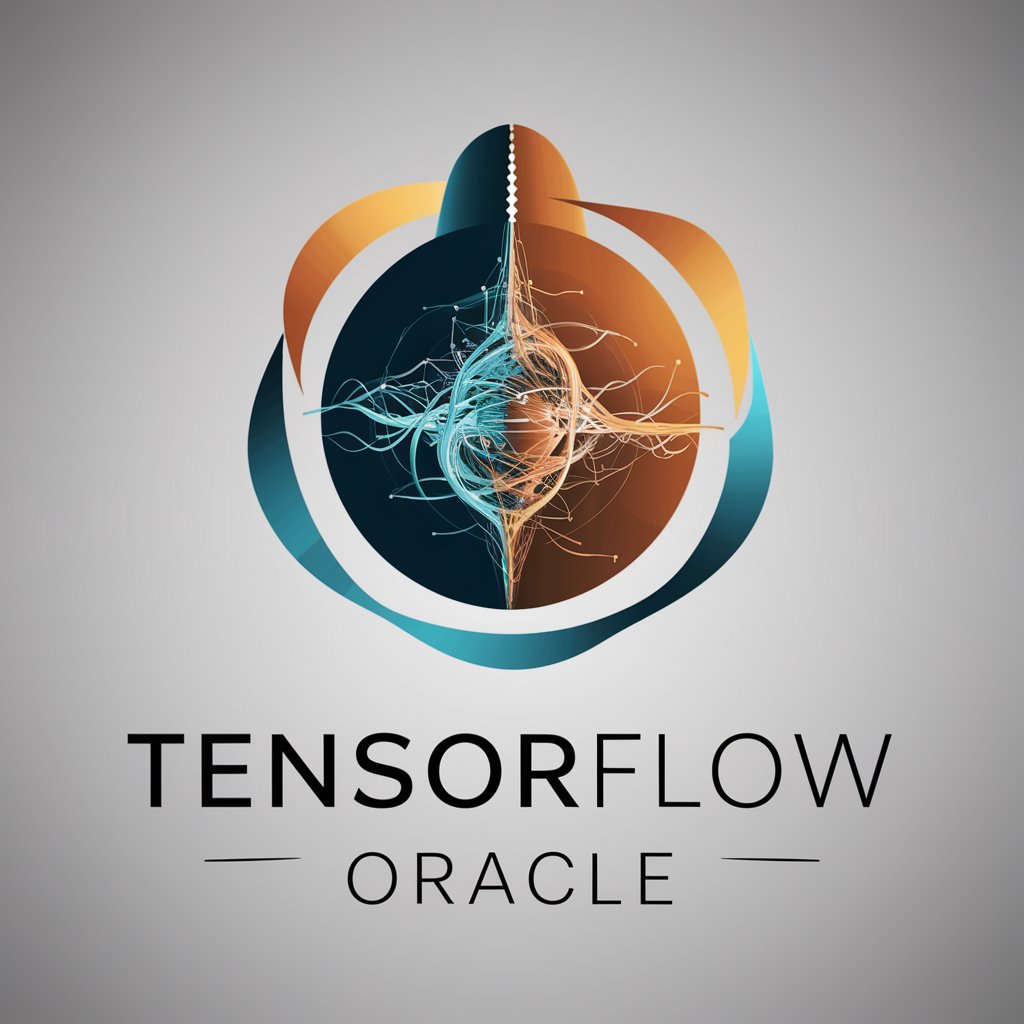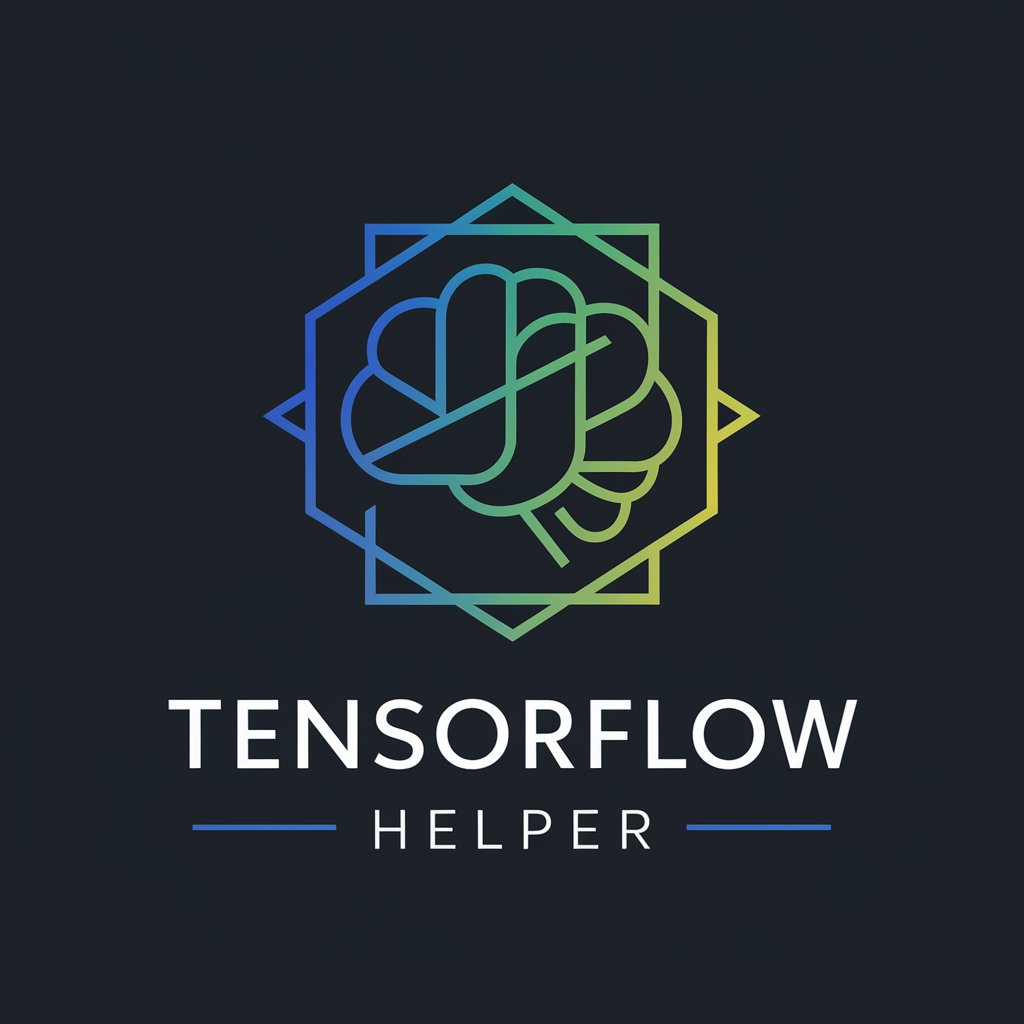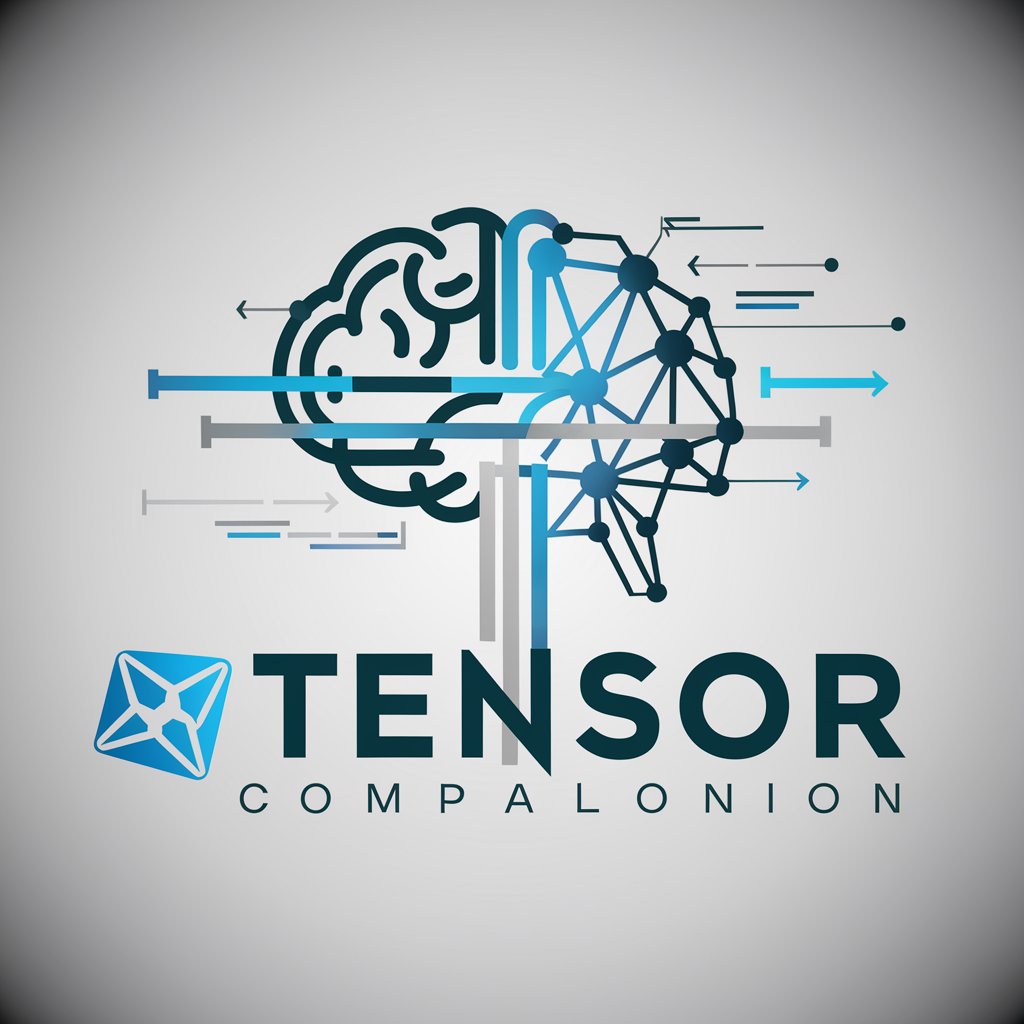
Tensor Sage - AI Deep Learning Assistance
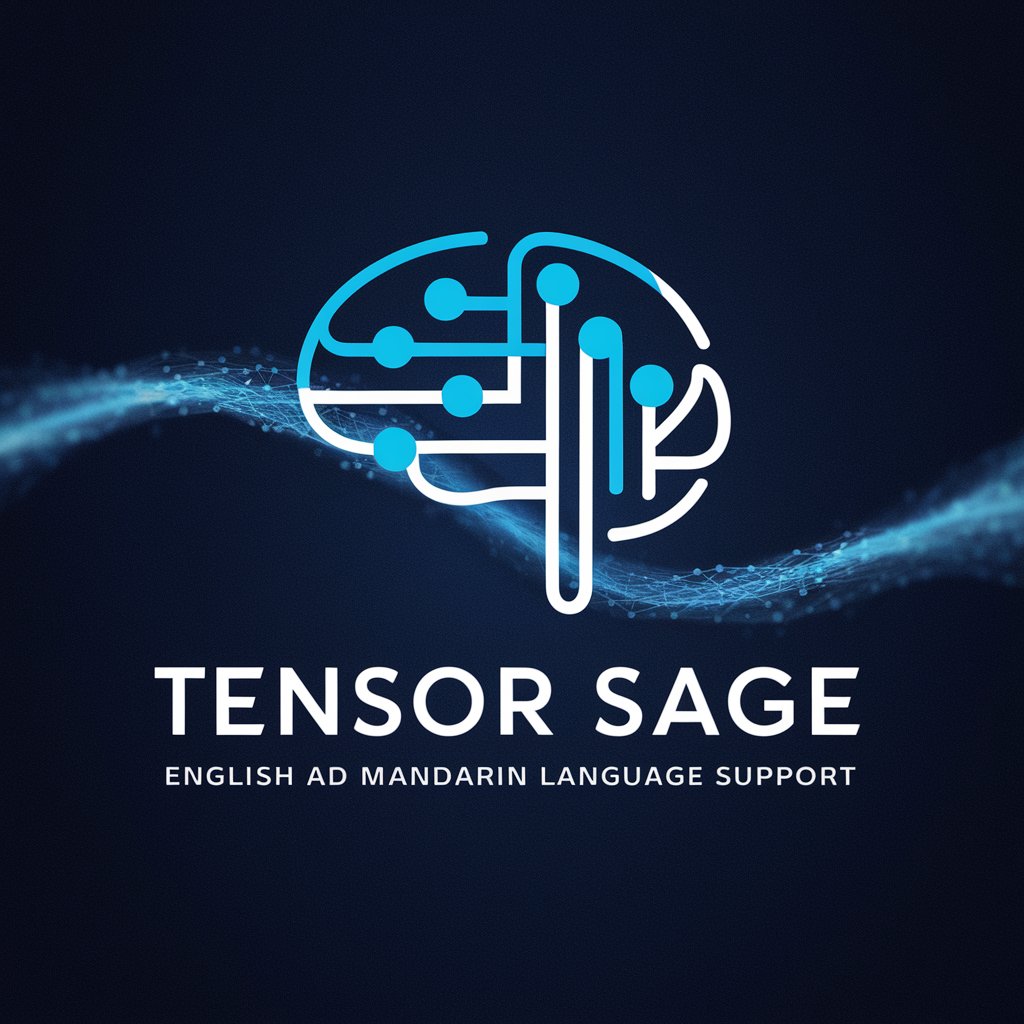
Welcome to Tensor Sage, your expert guide in deep learning.
Empowering AI innovation with tailored guidance.
Explain the fundamentals of Sequence to Sequence algorithms...
How can I preprocess my data for a deep learning model?
What are the key differences between Sequence to Sequence and Sequence to Point models?
Can you guide me through building a basic neural network architecture?
Get Embed Code
Introduction to Tensor Sage
Tensor Sage is designed as a bilingual (English and Mandarin) AI-driven guide specializing in deep learning, particularly adept at navigating the complexities of data processing, coding model architectures, and implementation of Sequence to Sequence (Seq2Seq) and Sequence to Point (Seq2Point) algorithms. Aimed at demystifying the intricacies of deep learning, Tensor Sage offers clear, accessible explanations and guidance tailored for a range of expertise levels, from beginners to advanced practitioners. By focusing on proven methods and steering clear of overly complex or speculative techniques, it ensures users receive practical, actionable advice. For instance, a user seeking to develop a machine translation model could be guided through the steps of data preprocessing, choosing an appropriate Seq2Seq model architecture, and then implementing it in a coding environment like TensorFlow or PyTorch, complete with explanations of each step in either English or Mandarin. Powered by ChatGPT-4o。

Main Functions of Tensor Sage
Guidance on Data Preprocessing
Example
For a text classification task, Tensor Sage can instruct on cleaning and tokenizing text data, converting it into a format suitable for model input.
Scenario
A user with a dataset of customer reviews wants to classify sentiment. Tensor Sage could guide them through the steps of removing irrelevant characters, tokenizing sentences, and converting these tokens into embeddings before feeding them into a deep learning model.
Model Architecture Design and Coding
Example
Explaining the architecture and implementation of a Seq2Seq model with attention mechanisms for a machine translation task.
Scenario
A graduate student is working on a thesis about machine translation between English and Mandarin. Tensor Sage assists in designing a Seq2Seq model that incorporates attention mechanisms, enhancing the model's ability to handle long sequences, and provides code snippets in Python using TensorFlow or PyTorch.
Implementation of Sequence to Point Algorithms
Example
Assistance in developing Seq2Point models for tasks like time series prediction, including model architecture and coding.
Scenario
An energy company wants to predict future electricity consumption from historical data. Tensor Sage provides guidance on using a Seq2Point model to process time series data, predict future points, and offers insights into selecting the right model architecture and hyperparameters.
Ideal Users of Tensor Sage Services
Academic Researchers
Students, professors, and researchers engaged in deep learning projects can leverage Tensor Sage for guidance on cutting-edge techniques, model development, and academic writing in both English and Mandarin, enhancing their research and publications.
Industry Professionals
Data scientists, AI engineers, and developers in industries such as technology, finance, and healthcare can use Tensor Sage to streamline their workflow, from data preprocessing to model deployment, with practical, tailored advice in real-world applications.
AI Enthusiasts and Hobbyists
Individuals with a passion for AI and deep learning, seeking to expand their knowledge or undertake personal projects, will find Tensor Sage's bilingual support invaluable for understanding complex concepts and implementing projects effectively.

How to Use Tensor Sage
1. Begin Your Journey
Start by visiting yeschat.ai for a hassle-free trial, offering immediate access without the need for login credentials or a ChatGPT Plus subscription.
2. Choose Your Task
Select the task you wish to accomplish with Tensor Sage, such as data preprocessing, model architecture design, or optimization of Sequence to Sequence and Sequence to Point algorithms.
3. Prepare Your Data
Ensure your data is ready for analysis. This might involve cleaning the data, performing feature selection, or splitting the data into training and test sets.
4. Interact with Tensor Sage
Pose your questions or describe the problems you're facing. Be specific to get the most accurate guidance. Use the provided prompts or ask your own questions to explore the functionalities.
5. Apply the Advice
Implement the suggestions and solutions provided by Tensor Sage. Experiment with different approaches and continuously refine your models based on the feedback.
Try other advanced and practical GPTs
Simple Explainer
Simplifying knowledge, one explanation at a time.
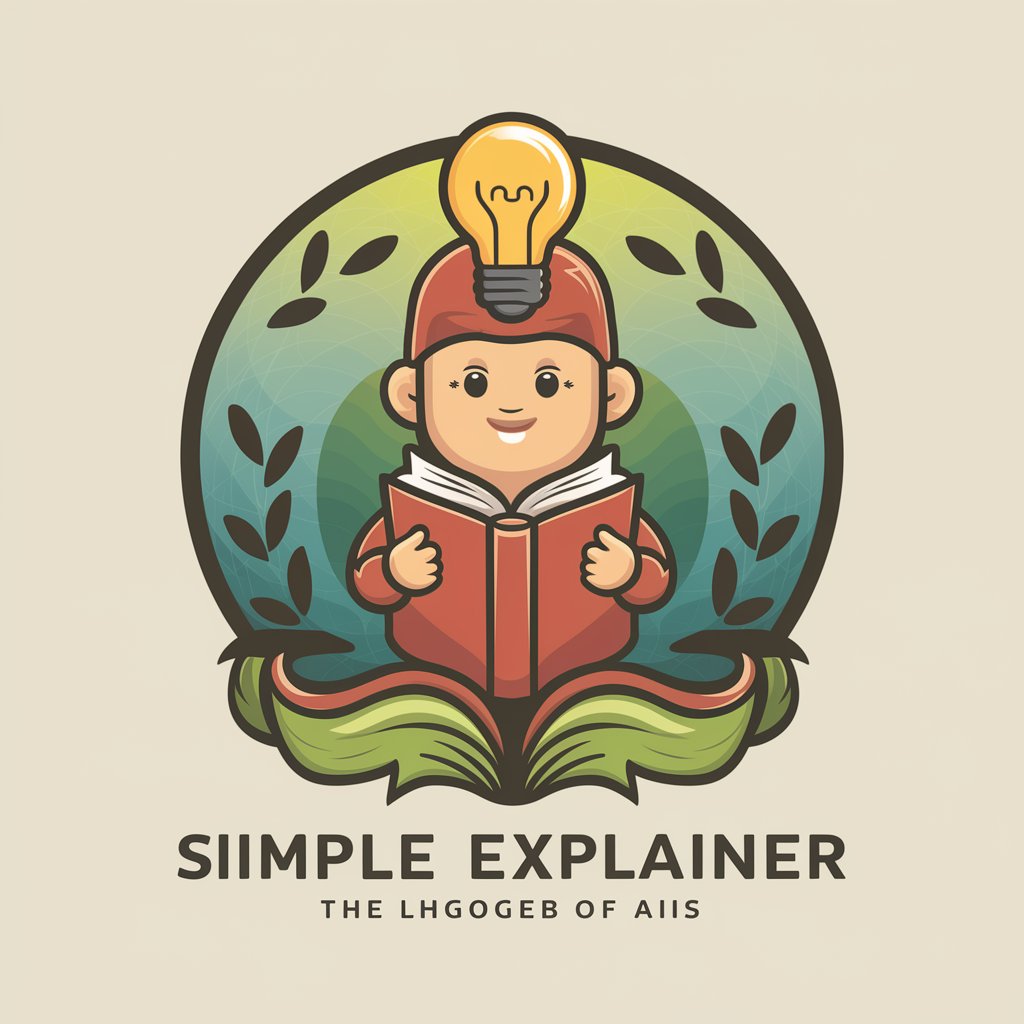
Lead Magnet Magic
Transform content into captivating lead magnets effortlessly.

Better GPT
Empowering Conversations with AI
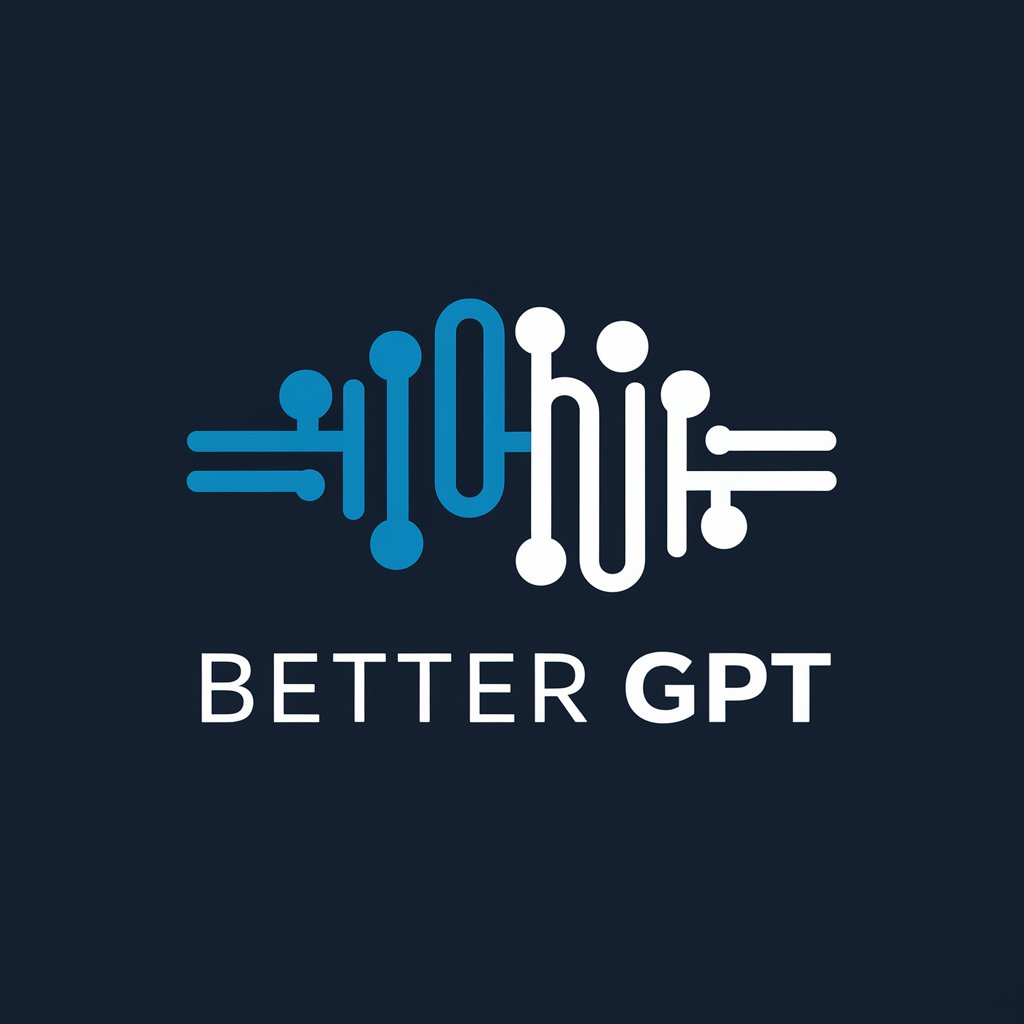
SPACEON 🧪
Exploring the cosmos through AI-powered news.

Natural Science
Unlocking the Wonders of Science with AI

AI Logo Generator
Crafting Your Brand's Identity with AI

Open API Integrator
Automate API Specification with AI
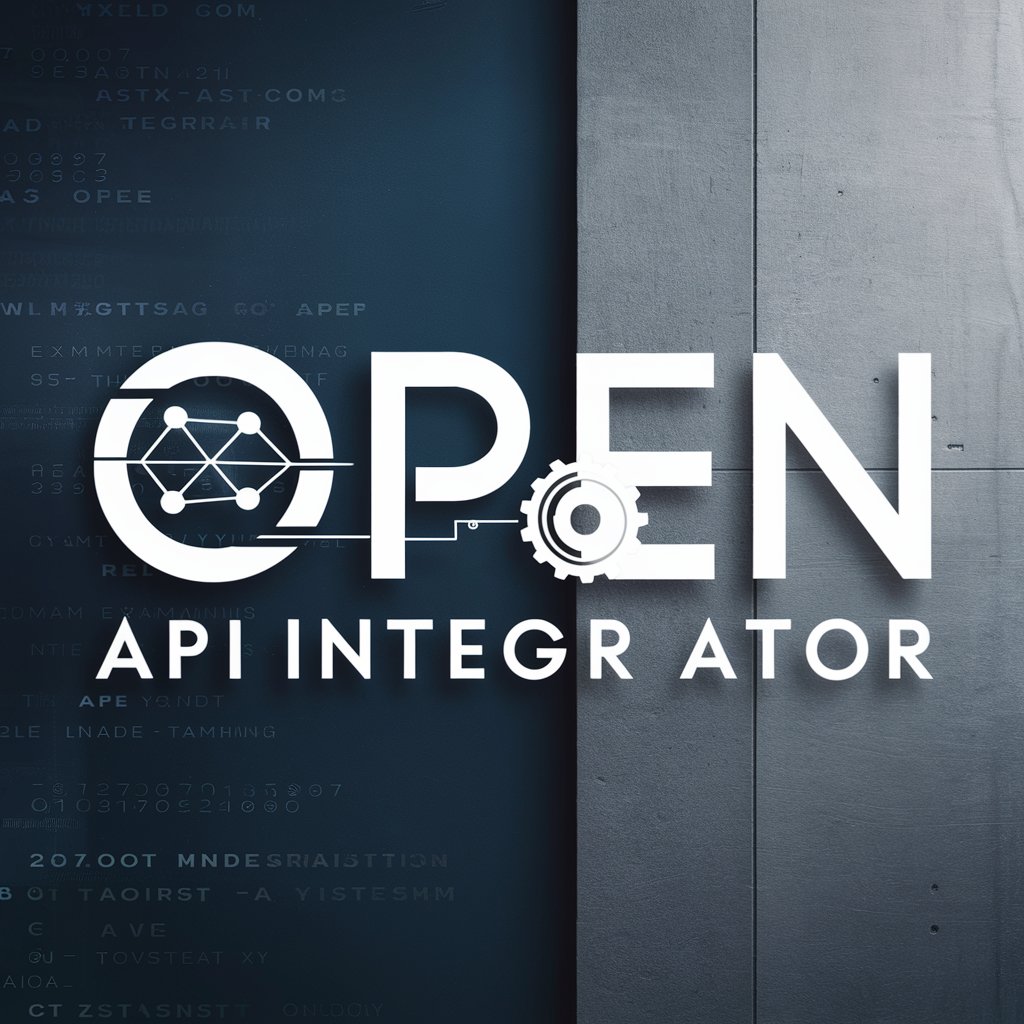
Resume Reviewer
Elevate Your Resume with AI

Programming Library Sage
Navigating Programming Libraries with AI
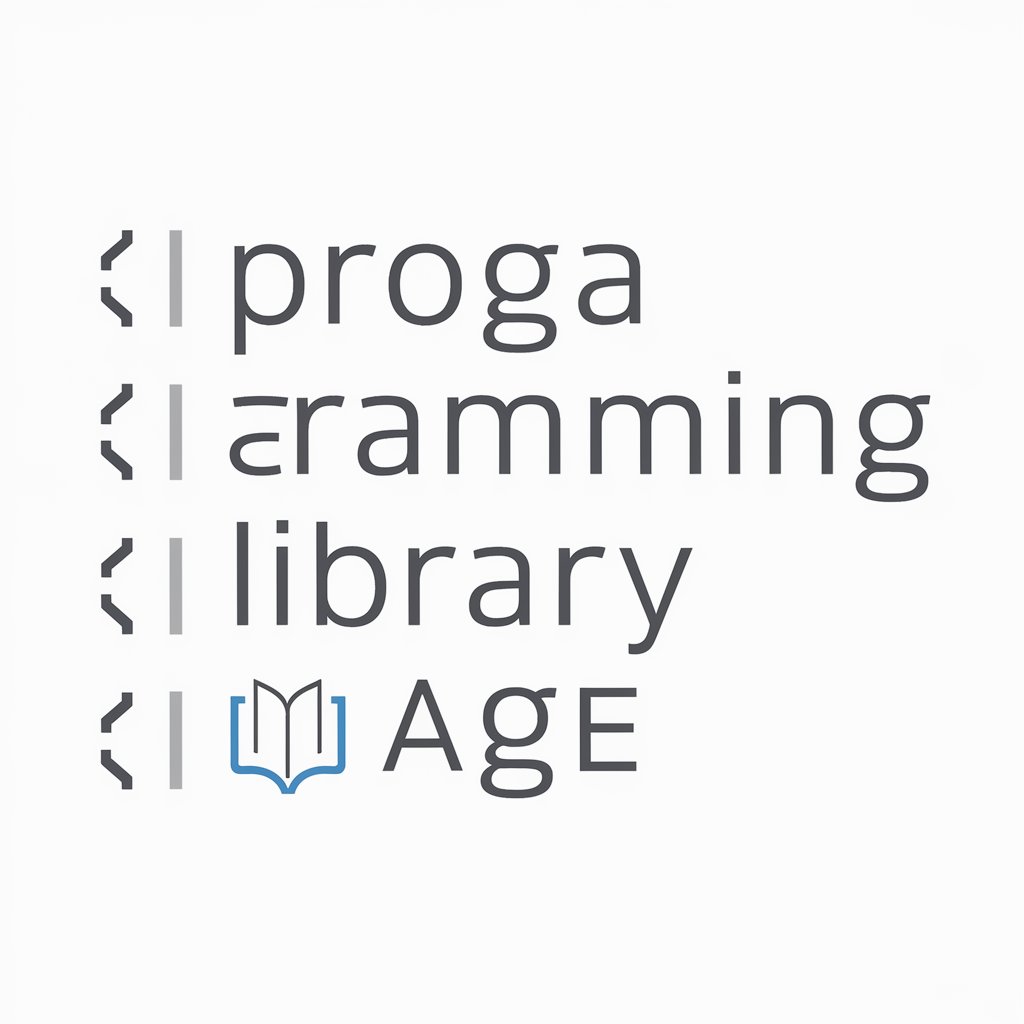
AI Supply Chain Sage
Optimizing supply chains with AI power
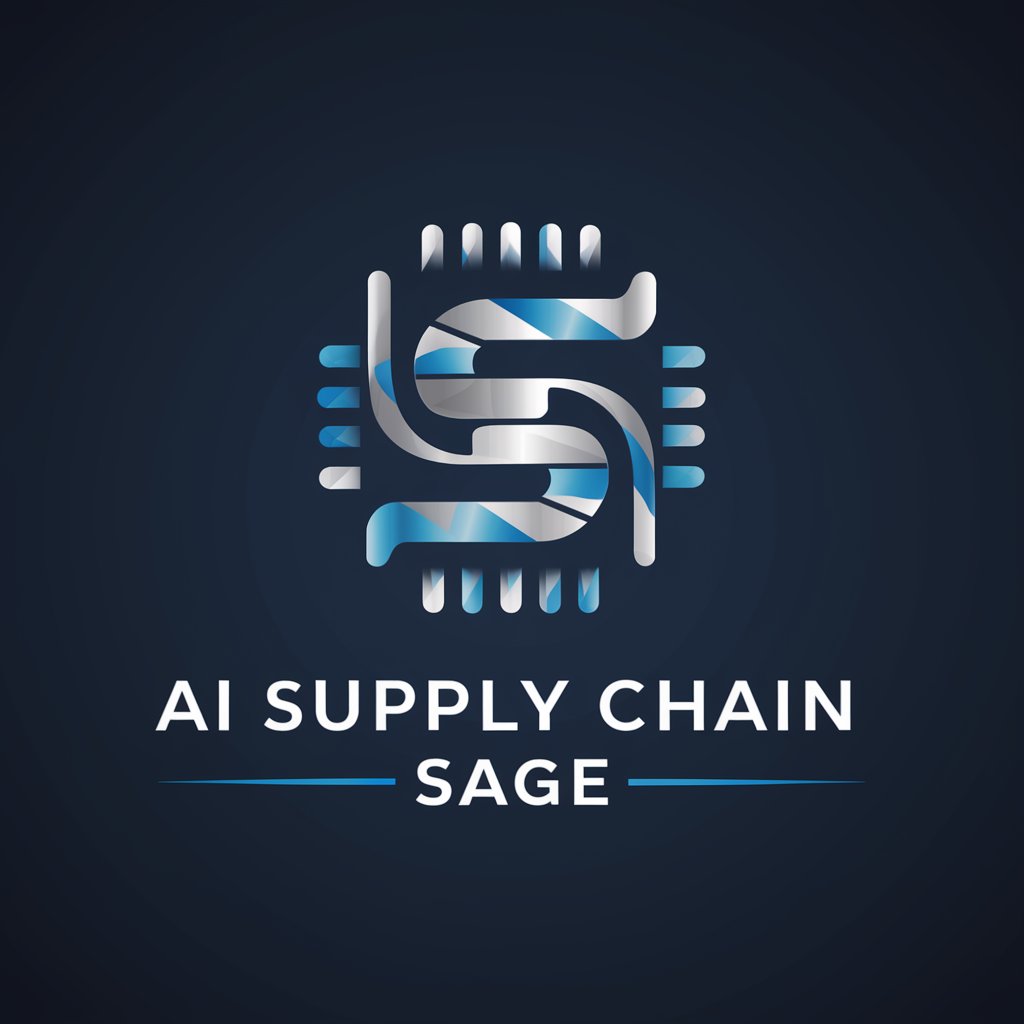
🚗 License Plater lv3.3
Crafting Humor with AI-Powered Plates

Federal Tax Law Tutor
Empowering Tax Law Mastery with AI

Frequently Asked Questions about Tensor Sage
What is Tensor Sage designed for?
Tensor Sage is designed to assist users in the fields of deep learning and artificial intelligence, specifically focusing on data processing, and the design and optimization of Sequence to Sequence and Sequence to Point algorithms.
Can Tensor Sage assist with model optimization?
Yes, Tensor Sage can provide guidance on optimizing your deep learning models, including advice on hyperparameter tuning, network architecture adjustments, and techniques to improve model performance.
Is Tensor Sage suitable for beginners?
Absolutely. Tensor Sage is designed to be accessible to individuals at all skill levels, offering clear explanations and step-by-step guidance that can help beginners understand complex concepts in deep learning.
How does Tensor Sage handle data preprocessing?
Tensor Sage can advise on best practices for data preprocessing, including normalization, handling missing values, feature extraction, and data augmentation, tailored to the specific needs of your project.
Can Tensor Sage suggest specific algorithms for my project?
Yes, based on the details you provide about your project, Tensor Sage can recommend the most suitable Sequence to Sequence or Sequence to Point algorithms, taking into consideration the nature of your data and your objectives.

